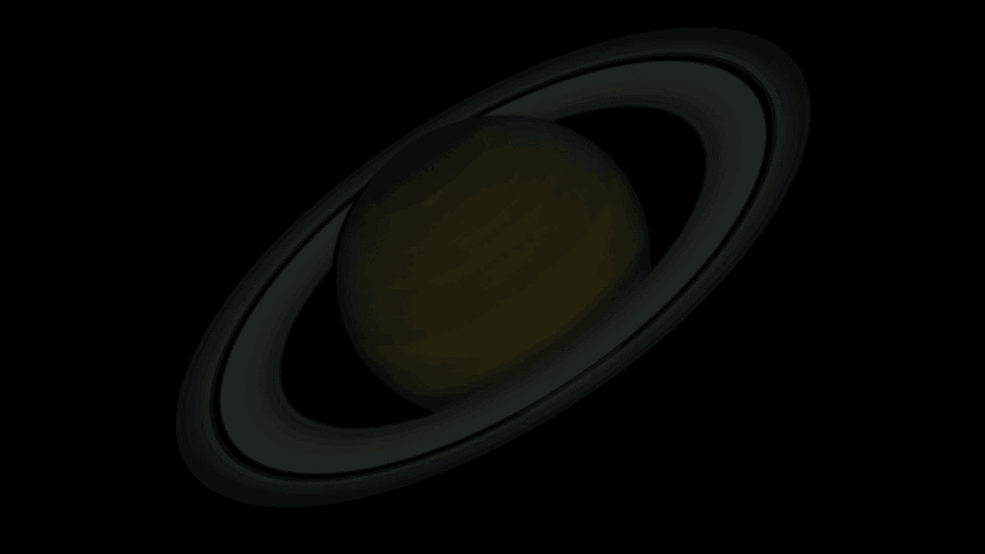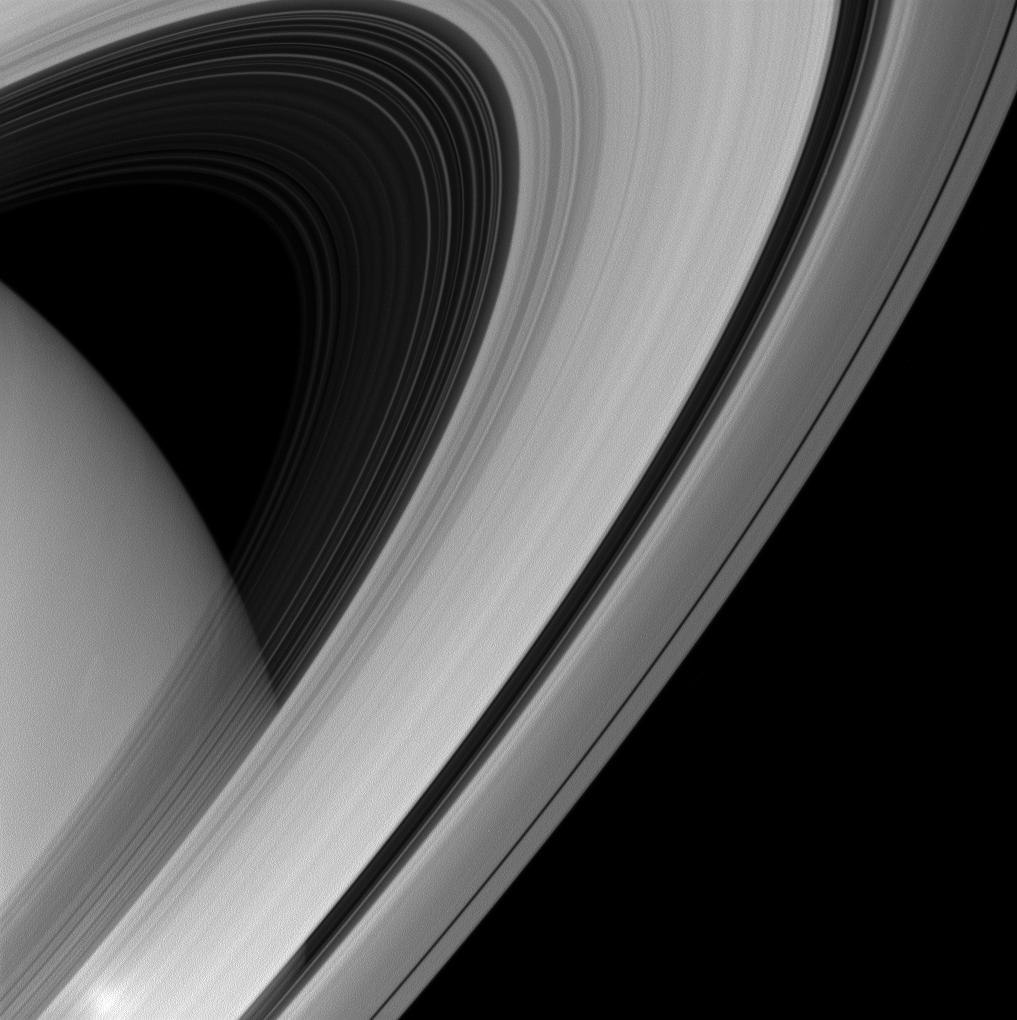Saturn's summer season ends as Hubble telescope watches (photos)
The Hubble Space Telescope has been operating since 1990.

Saturn is now in the "September" of its lengthy year, and an iconic space telescope is watching the ringed planet's change of seasons.
Spring and autumn officially got underway here on Earth's Northern and Southern Hemispheres, respectively, just a few days ago with the arrival of the vernal equinox. The coming and going of seasons is possible when a planet has a tilted axis — and both Earth and Saturn have a lean in their spins.
But there's a big difference in their length of seasons. Earth takes one year to orbit the sun, during which our planet experiences the cold and dreary, the sunny and delightful, and every seasonal middle-ground in between. But Saturn, the sixth planet from the sun, takes 29 Earth years to go around our star once. Earth moves through all its seasons repeatedly all the while Saturn remains in just one season; it takes roughly seven Earth years for Saturn to begin and end one of its seasons.
Related: Saturn has no summertime blues in this amazing Hubble photo

Thankfully, lengthy space missions like NASA's Cassini mission and the Hubble Space Telescope got plenty of time to observe seasonal changes on Saturn.
On March 18, Hubble team members based out of NASA's Goddard Space Flight Center in Greenbelt, Maryland published new images that show subtle shade differences to the appearance of Saturn's clouds over the last several Earth years. In these images taken by Hubble during 2018, 2019 and 2020, Saturn's northern hemisphere is experiencing summertime and approaching its autumn. Meanwhile, like on Earth, it was winter (ang going on spring) in Saturn's southern hemisphere.
"What we found was a slight change from year-to-year in color, possibly cloud height, and winds — not surprising that the changes aren't huge, as we're only looking at a small fraction of a Saturn year," according to Amy Simon, planetary scientist at Goddard, who commented in the NASA press release that describes the new images. "We expect big changes on a seasonal timescale, so this is showing the progression towards the next season."
Get the Space.com Newsletter
Breaking space news, the latest updates on rocket launches, skywatching events and more!
The Hubble data show that, from 2018 to 2020, the equator brightened by about 5% to 10%, and some cloud bands that were visible during certain years do not appear at other times.
Wind speeds also changed, according to NASA. Back when Cassini observed Saturn during the years 2004 to 2009, winds near the equator were roughly 800 miles per hour (roughly 1,300 kilometers per hour), according to the release.
Hubble's 2018 observations show equatorial wind speeds became much faster, about 1,000 mph (roughly 1,600 kph). By 2019 and 2020, however, Hubble detected that those wind speeds dropped back to the Cassini speeds from more than a decade ago.

The Hubble Space Telescope has been operating since 1990. The 30-year old spacecraft went into safe mode briefly this month, but it has returned to its science work once again as of March 11.
Follow Doris Elin Urrutia on Twitter @salazar_elin. Follow us on Twitter @Spacedotcom and on Facebook.
Join our Space Forums to keep talking space on the latest missions, night sky and more! And if you have a news tip, correction or comment, let us know at: community@space.com.

Doris is a science journalist and Space.com contributor. She received a B.A. in Sociology and Communications at Fordham University in New York City. Her first work was published in collaboration with London Mining Network, where her love of science writing was born. Her passion for astronomy started as a kid when she helped her sister build a model solar system in the Bronx. She got her first shot at astronomy writing as a Space.com editorial intern and continues to write about all things cosmic for the website. Doris has also written about microscopic plant life for Scientific American’s website and about whale calls for their print magazine. She has also written about ancient humans for Inverse, with stories ranging from how to recreate Pompeii’s cuisine to how to map the Polynesian expansion through genomics. She currently shares her home with two rabbits. Follow her on twitter at @salazar_elin.









